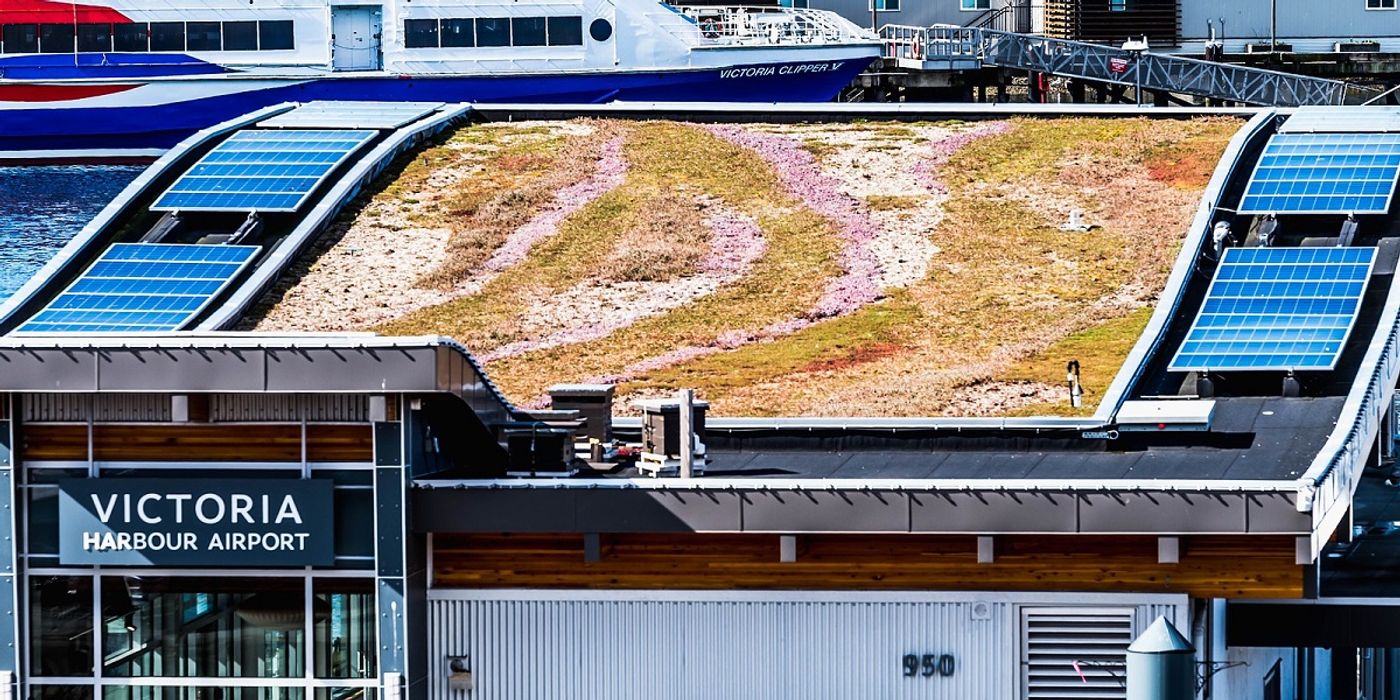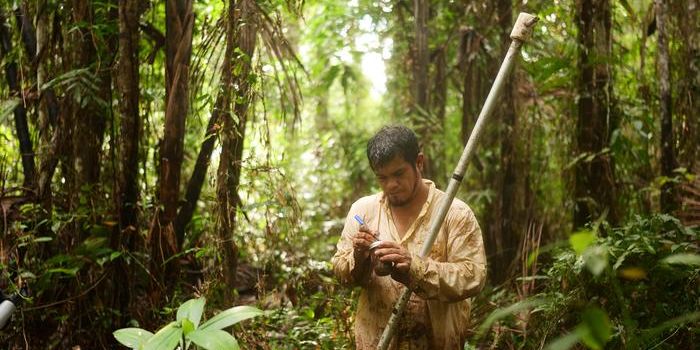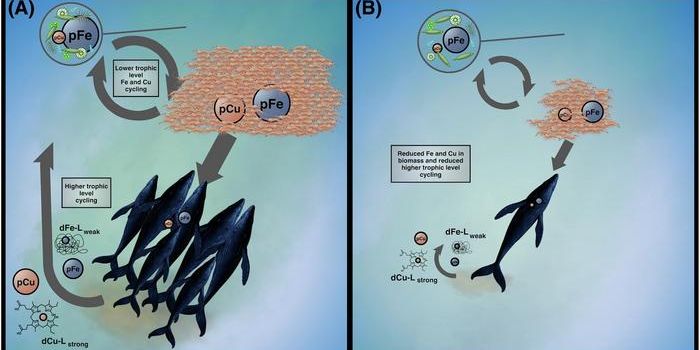City Solutions - Green Rooftops in Urban Spaces
Most of the world’s population lives in cities. Population growth is expected to continue to be focused in urban areas so that 68% of the global population in 2050 will be concentrated in urban areas. This is a challenge in many ways. Low food availability, urban heat sinks, low biodiversity, poor air quality, stormwater runoff, and high energy use are all issues that urban areas suffer from.
Urban areas have little space available for urban agriculture, parks, or energy development, but rooftops are a typically overlooked opportunity to make a positive change for urban citizens. Most rooftops in cities are designed to do only one thing – protect the interior of the building from weather. Including other goals in the architecture planning of buildings has huge benefits for people and the environment.
Green rooftops with even minimal soil and small plants can have huge benefits. Green roofs reduce stormwater runoff by holding onto rainwater instead of letting it run into sewers that are easily overflowed during storm events. This held water can later evaporate on warm days, keeping the building and the city cooler, and combating the urban heat sink effect. Green roofs also provide habitat for insects and birds, improving urban biodiversity, and can improve air quality by storing carbon and providing oxygen.
Another way to take advantage of valuable rooftop space in cities is to build rooftop gardens that can reduce the amount of carbon required to get food from farm to table and provide an opportunity for very fresh local food. Other agricultural opportunities include raising fish with aquaponics, growing food with hydroponics, or raising bees for honey. Rooftops can also be fitted with photovoltaic solar panels to generate electricity, saving money, and reducing carbon output.
Large cities all over the globe have begun to take advantage of rooftop spaces on new buildings, but it can be difficult to retrofit older buildings with these advances. If all new buildings were required to consider additional uses in their design and construction, we could make cities better places to live, and combat the growing climate crisis.
Sources: RealCorp, Ecosphere, Miami University Thesis









